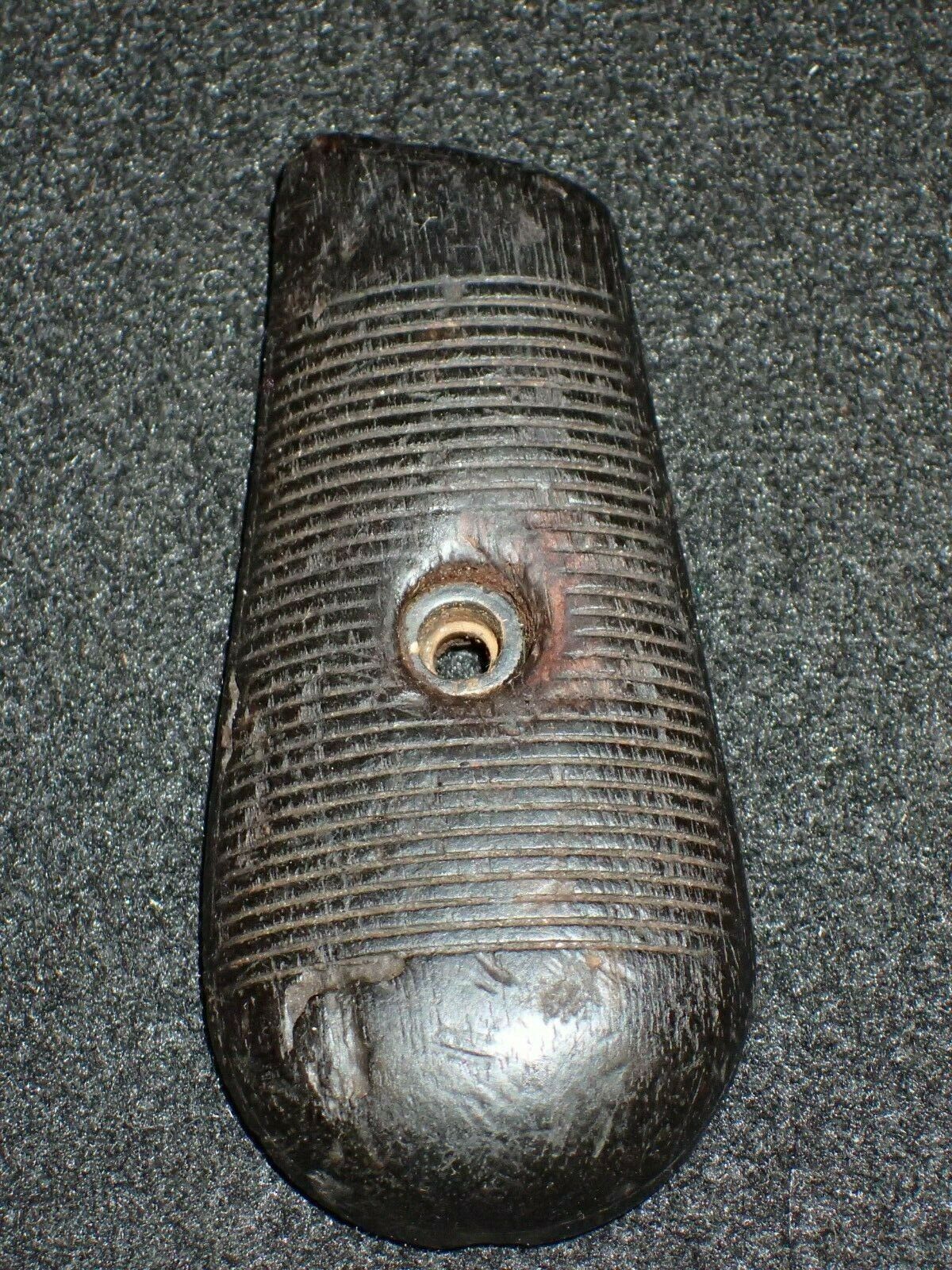-40%
WWI Low Printing - Error - Aisne-Marne Offensive - Aeroplane Dropped Leaflet
$ 208.56
- Description
- Size Guide
Description
*CERTIFICATE OF AUTHENTICITY INCLUDED*One of the rarest WWI leaflets dropped during WWI.
This Incredible World War I psychological leaflet titled ‘DER SIEG DER ALLIERTEN’ or “VICTORY OF THE ALLIES” was dropped over German trenches and known positions by Allied aeroplanes in 1918 during the Aisne-Marne Offensive and the Oise-Aisne offensive. This leaflet shows the Allies advance on the front lines from August 8th through August 16th of 1918 and shows the number of Germans ‘captured’ (Gerangene) rising from 7,000 to 34,000. This extremely rare leaflet was one of seven leaflets with the same title but changed maps as the Allies continued to advance. These leaflets were printed in extremely low quantities making them one of the rarest leaflets dropped during a known offensive during World War I. What makes this leaflet even more rare is the misspelling and error seen in the title. The word "Alliierten" is spelled "Allierten." The later versions spelled the word correctly. Although the extremely low number of these leaflets that were printed will never be known, it was printed by the Censorship & Publicity Section, G.H.Q. in 1918.
This leaflet shows the frontline as well as some of the most infamous village such as Montdidier, Mericourt, and Hemel seen during The Third Battle of the Aisne. The Third Battle of the Aisne was fought from May 27th through June 6th of 1918. This was a battle of the German Spring Offensive during World War I that focused on capturing the Chemin des Dames Ridge. It was one of a series of offensives, known as the Kaiserschlacht, launched by the Germans in the spring and summer of 1918.
R. G. Auckland compiled The Catalogue of Airdropped Facsimile Postal Stationery World War I 1916-1918 for the Psywar Society. He mentions the background of the postal propaganda:
A British soldier of the time recalls that "also dropped into Germany were copies of uncensored letters written by prisoners of war in England. They were designed to impress upon the German people what a fine time prisoners had in England. The letters and addressed envelopes would be written by the prisoners, and then duplicated and the duplicated letters, enclosed in the duplicated envelopes were dropped for the pickers-up to forward to the addresses on the envelope".
Colonel W. Nicolai, chief of the Service, states in his book The German Secret Service that 'forged letters from German war prisoners in France and England, and illustrations of the alleged enviable treatment of German prisoners in both countries, were designed to persuade German soldiers to desert or to depress their spirits.




















